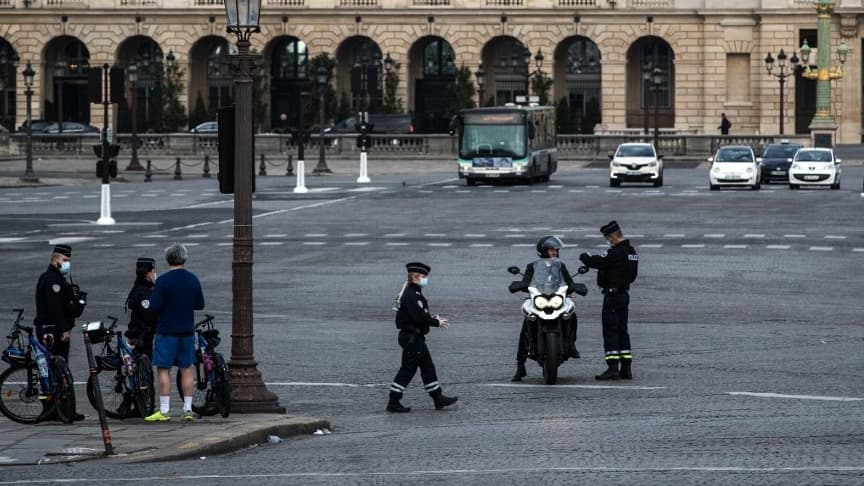Pas-de-Calais is the only department that had been placed under enhanced surveillance to join the list of confined territories at the weekend.
The weekend at home. Prime Minister Jean Castex confirmed this Thursday evening, during a press conference, that the whole of Pas-de-Calais would be confined on weekends from this Saturday, 6 am. The prefecture of the department said shortly after that this measure would be valid for at least four weeks.
Pas-de-Calais is thus the only department which had been placed under reinforced surveillance last Thursday to join the list of partially confined territories. Ile-de-France, in particular, is for the moment spared. This difference in treatment provokes the questioning of several local elected officials.
“It is incomprehension. Why should we be the only ones, when there were 20 departments under surveillance” thus rebelled with the Parisian Frédéric Cuvillier, mayor of Boulogne-sur-Mer.
Indeed, if we compare the incidence rates between Seine-Saint-Denis and Pas-de-Calais, we notice that in both cases it amounts to 406 per 100,000 inhabitants. So how do you explain this difference in treatment?
The main explanation is that the incidence rate is not the only criterion taken into account by health authorities and the government. During discussions between the executive and local elected officials aimed at deciding on the measures implemented locally, they also took into account in particular the presence of foreign variants, the speed of circulation of the virus or even hospital pressure.
• An acceleration of the circulation of the virus
Pas-de-Calais, with Ile-de-France, is therefore one of the territories to exceed 400 cases per 100,000 inhabitants over seven days. An incidence rate well above the maximum alert threshold which has been set at 250 cases.
But what worries health authorities is that the circulation of the virus seems to be accelerating in recent weeks. In a situation report from the Hauts de France Regional Health Agency dating from February 26, and relayed by Franceinfo, the organization thus affirms that the rate of positivity of the tests amounts to 9.4% in Hauts-de-France, against a national average of 7.3%. This acceleration is explained in particular by the increasingly strong presence of the British variant. Now, the latter represents more than 50% of contamination cases.
Nevertheless, the circulation of the virus is also rapid in Ile-de-France. Over the last seven days, according to data from Public Health France, the incidence rate has increased by an average of 16.3% in the eight departments of Ile-de-France, against 14.9% in Pas-de-Calais.
• Strong hospital pressure
This difference in treatment between the two territories is thus mainly due to the difference in the occupancy rate of the intensive care beds. In Ile-de-France, the initial hospital capacity in intensive care is 1150 beds. For the moment, 864 are occupied by patients with Covid-19, an occupancy rate of 75%.
In Hauts-de-France, however, the occupancy rate has just passed the 100% mark, to stand at 102%. In Pas-de-Calais, the number of patients treated in intensive care thus reached the peak of the second wave. Two patients hospitalized at Dunkirk hospital had to be transferred to hospitals located in Normandy on Tuesday.
• An agreement from local elected officials
Finally, it should be remembered that this decision of a weekend confinement or not was taken in consultation with local elected officials. However, in Pas-de-Calais, several of them, in particular the mayor of Arras, Fréféric leturque, had spoken in favor of these confinements at the weekend. Conversely, Anne Hidalgo had judged this measure “inhuman” and had firmly opposed it for the capital.
This Thursday evening, the Prime Minister was clear. The list of departments concerned could change in the coming weeks depending on the evolution of the health situation.
—


